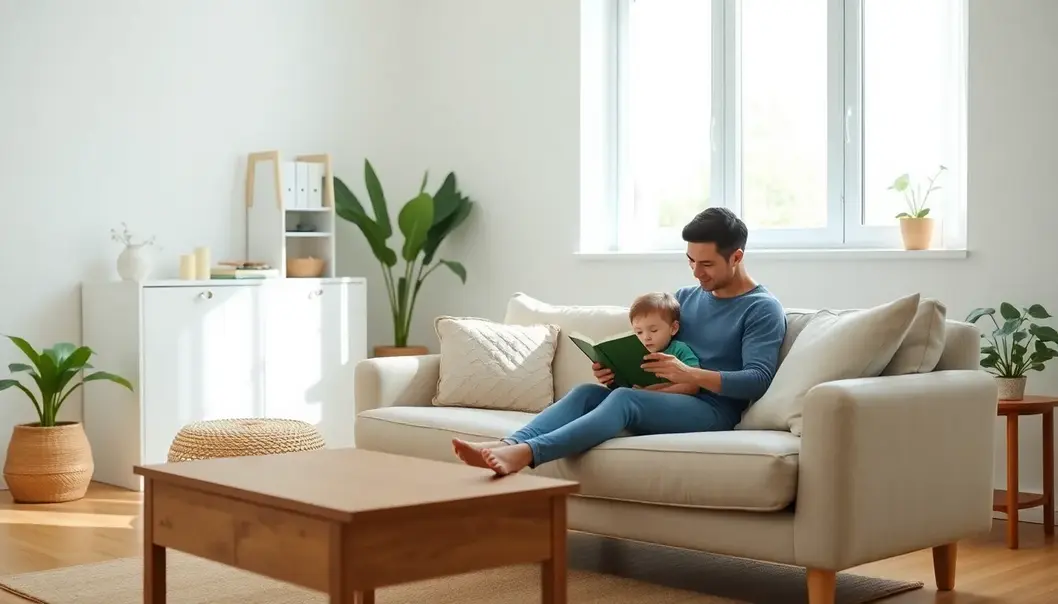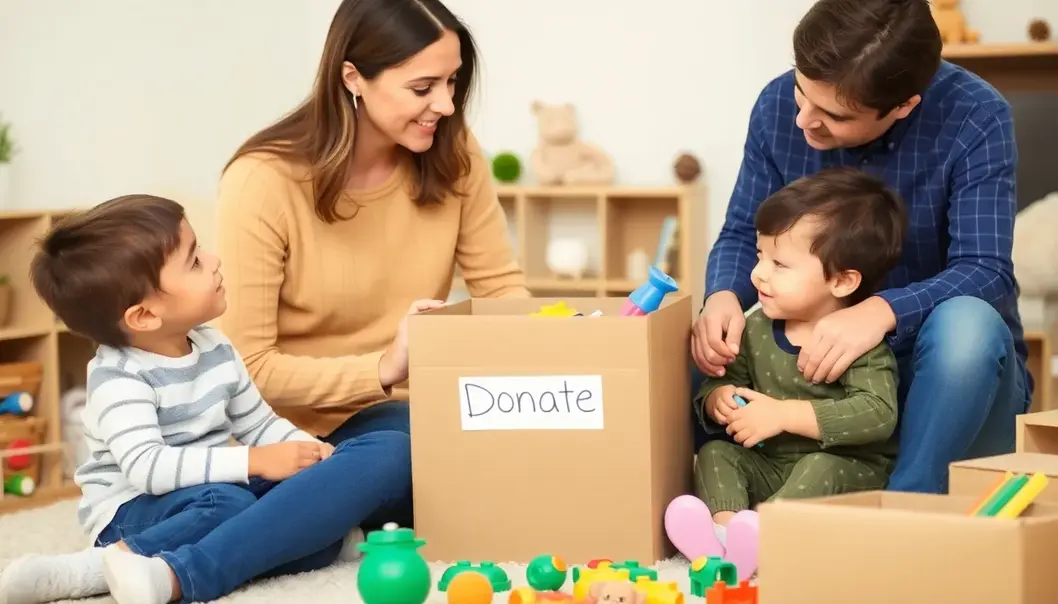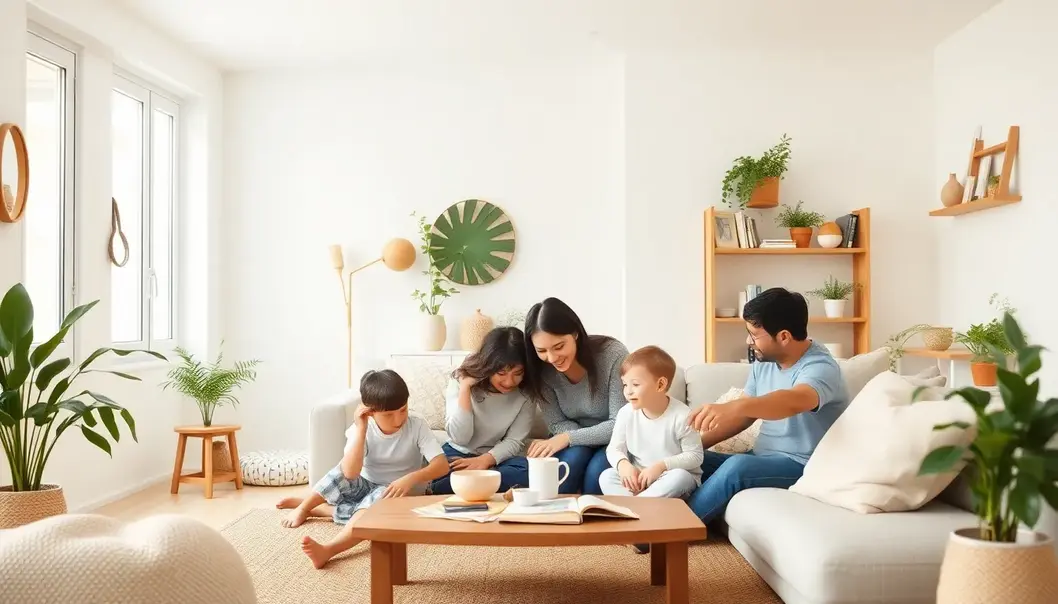The minimalist lifestyle offers a refreshing approach for families seeking simplicity amidst chaos. For parents, it can mean fewer physical and mental distractions, leading to a more focused and joyful family life. However, transitioning to minimalism is a journey that presents its own set of challenges. Balancing the need for essentials with the urge to declutter can be a difficult path. Knowing the potential benefits and pitfalls of minimalism can help parents make informed decisions. This article explores the advantages of adopting minimalism and the potential hurdles parents might face along the way.
The Benefits of Minimalism for Parents

Embracing minimalism as a parent offers a multitude of benefits. By reducing clutter and focusing on essentials, families can enjoy more quality time together. With fewer items to manage, cleaning becomes easier, allowing more opportunities to be present with your children. A minimalist approach clears space in both the home and the mind, leading to reduced stress and decision fatigue.
Modern living often overwhelms us with choices, which can be tiresome for parents. Minimalism simplifies everyday decisions, freeing mental energy for meaningful interactions. When parents streamline their possessions to those that truly matter, they are less burdened by the constant need to organize and maintain unnecessary items.
Besides practical advantages, minimalism enriches family life by instilling core values in children. By living with less, children learn the principles of mindfulness and contentment. This lifestyle encourages them to appreciate experiences over possessions, valuing connection and creativity. By observing their parents’ choices, children naturally become less influenced by consumerist pressures.
Incorporating minimalism into daily routines also fosters an environment where family members communicate openly. It eliminates distractions, allowing for deeper conversations and shared activities. By prioritizing essential belongings, families often find their lifestyles are more environmentally friendly, thereby teaching children about sustainable living practices.
While minimalism is beneficial, it is essential to tailor it to suit your family’s unique needs. For some fun ways to engage with children, you might explore discovering other natural joys that align with minimalist values. By thoughtfully implementing these practices, parents can create a harmonious, less stressful household that thrives on the quality of experiences over the quantity of possessions.
Addressing Minimalism Challenges: What Parents Should Consider

Embracing minimalism as a parent can be a transformative journey, yet it’s not without its hurdles. One of the primary challenges lies in children’s resistance to letting go of toys. Understandably, toys are more than just belongings for children; they are companions in imagination and discovery. Resistance can stem from attachment and the comfort of familiarity. A gentle approach, involving children in the decluttering process, can help ease their apprehension. Encourage them to choose toys they truly love, fostering decision-making skills and a sense of ownership.
Striking a balance between practicality and minimalism is another common hurdle. Parents often face the dilemma of needing certain items for convenience while maintaining minimalism’s core value of intentionality. It helps to define personal values as a family. Consider what minimalism means to your household and identify non-negotiable items that contribute to daily life without overwhelming your space.
The emotional difficulty of decluttering sentimental items is perhaps the most intimidating challenge. Many parents feel a deep connection to items that symbolize milestones in their children’s lives. This attachment is natural and shouldn’t be rushed. Opt for a gradual process, setting aside time to decide which meaningful items hold lasting value and which can be let go. An effective strategy can be taking photographs of these items before parting with them, preserving memories without maintaining physical clutter.
Communication is the key to overcoming these challenges while maintaining harmony within the family. Open dialogues about the benefits of minimalism and how it aligns with family goals can create a unified vision. It’s about nurturing a shared understanding that minimalism is not about deprivation but about enriching family life with intention and mindfulness.
Ultimately, the transition to a minimalist lifestyle requires patience and empathy. Embrace these challenges as opportunities for growth and learning together as a family, leading to a more fulfilling, less cluttered life.
Final words
Minimalism can offer parents a path to a more manageable and fulfilling family life, with reduced stress and more emphasis on experiences over possessions. As you consider this lifestyle, weigh both the advantages and the challenges. Take small steps, involve your family in the journey, and embrace the process. The goal isn’t perfection but a lifestyle that aligns with your family’s values and desires.
Ready to embrace minimalism for a more joyful family life? Start making small changes today and see the big difference.
Learn more: https://minimalistparentingjourney.com/startnow
About us
Minimalist Parenting Journey offers practical guides, community support, and resources for parents looking to streamline their family life. Join us to connect with like-minded parents and access our comprehensive toolkit for minimalism that caters specifically to families.

